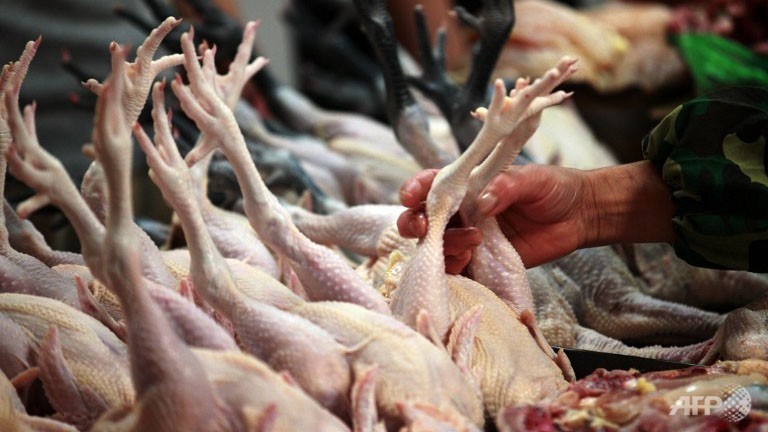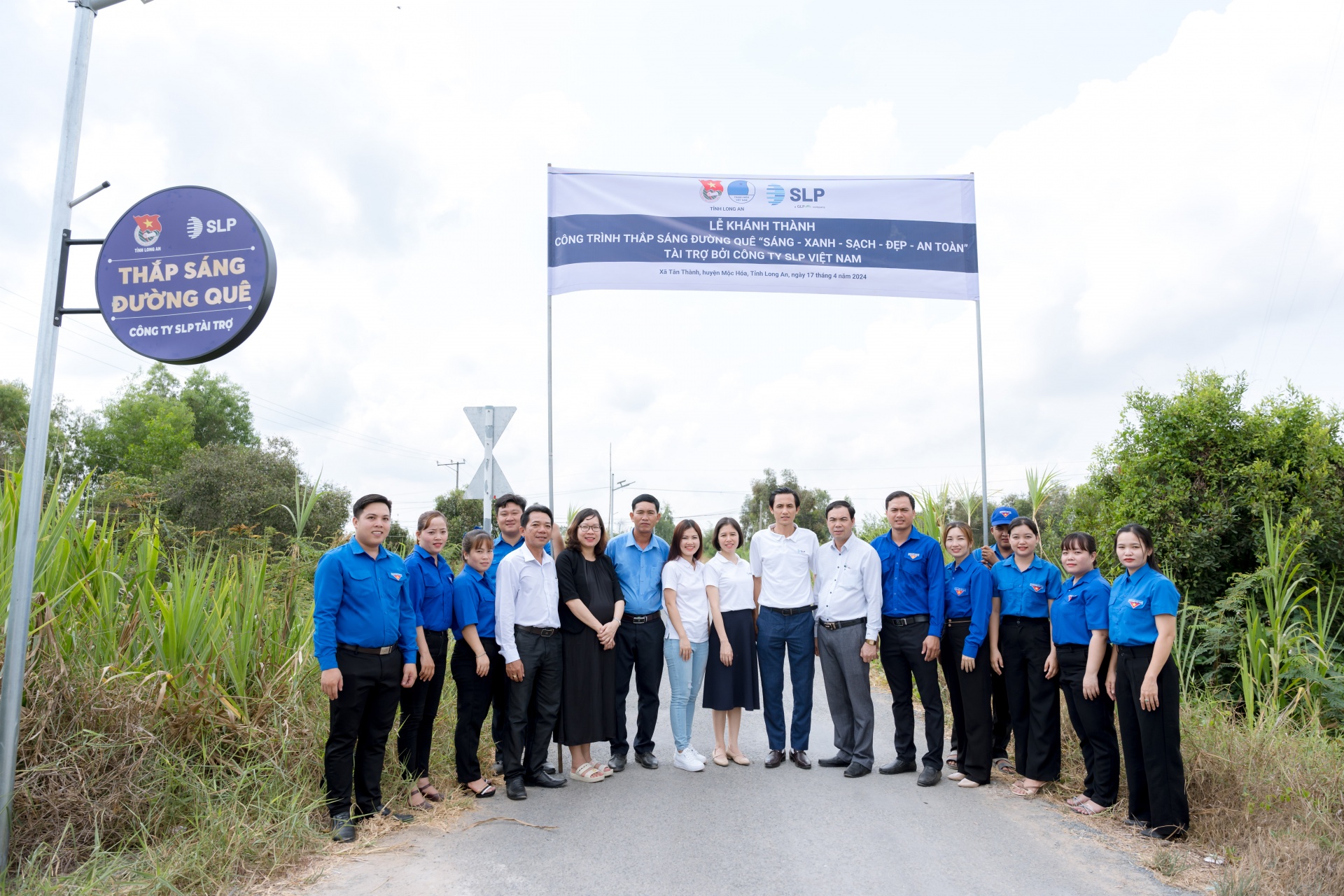H7N9 bird flu: Lancet study confirms poultry as source

File photo: People buy chicken at a market in China. (AFP PHOTO)
PARIS: Chinese researchers reporting in The Lancet on Thursday confirmed poultry as a source of H7N9 flu among humans but said they found no evidence of person-to-person transmission.
A probe into four cases of human H7N9 influenza in China's eastern Zhejiang province determined that all the patients had been exposed to poultry, either through their occupation or through visiting so-called wet poultry markets.
The World Health Organization (WHO) had previously said poultry were the likely source of the virus, which has been linked to at least 22 deaths out of 108 identified cases.
A team led by Lanjuan Li of Zhejiang University in Hangzhou and Kwok-Yung Yuen of the University of Hong Kong took rectal swaps from 20 chickens, four quails, five pigeons and 57 ducks all from six live poultry markets likely to have been visited by the patients.
Two of the pigeons and four of the chickens tested positive for H7N9 but the virus was not found in any of the ducks or quails.
The researchers analysed the genetic makeup of H7N9 found in one of the patients and compared it to a sample found in one of the infected chickens.
The similarities "suggest that it is being transmitted sporadically from poultry to humans," The Lancet said.
"This is the first time that definite bird-to-human transmission has been shown for the H7N9 virus."
Doctors also monitored 303 other people who were relatives or co-workers of the patients, as well as 82 healthcare workers.
"Nobody else who came into contact with the H7N9-infected patients began to show any symptoms within 14 days from the beginning of surveillance, suggesting that the virus is not currently able to transmit between human beings," the journal said.
However, further adaptation of the virus could lead to infections with less severe symptoms and "more efficient person-to-person transmission," the researchers cautioned.
What the stars mean:
★ Poor ★ ★ Promising ★★★ Good ★★★★ Very good ★★★★★ Exceptional
Latest News
More News
- ADB forecasts 6 per cent growth for Vietnam (April 12, 2024 | 17:17)
- SCB, Van Thinh Phat execs convicted of embezzlement; Truong My Lan sentenced to death (April 12, 2024 | 09:59)
- Finnish kindergarten opens in Hanoi (April 12, 2024 | 09:50)
- Over 746 tonnes of rice allocated to Dien Bien, Bac Kan provinces in between-crop period (April 12, 2024 | 08:54)
- Truong My Lan sentenced to death in major bank fraud case (April 12, 2024 | 08:49)
- Netflix ordered to stop distributing unauthorised games in Vietnam (April 11, 2024 | 17:06)
- Deputy PM highlights incentive policies for rooftop solar power installation (April 11, 2024 | 17:03)
- Former FLC chairman faces securities market manipulation and asset misappropriation charges (April 11, 2024 | 15:34)
- Vietnam sends over 35,900 workers abroad in Q1 (April 10, 2024 | 14:56)
- OVs in Hungary eager to join trip to Truong Sa (April 10, 2024 | 14:52)


















 Mobile Version
Mobile Version